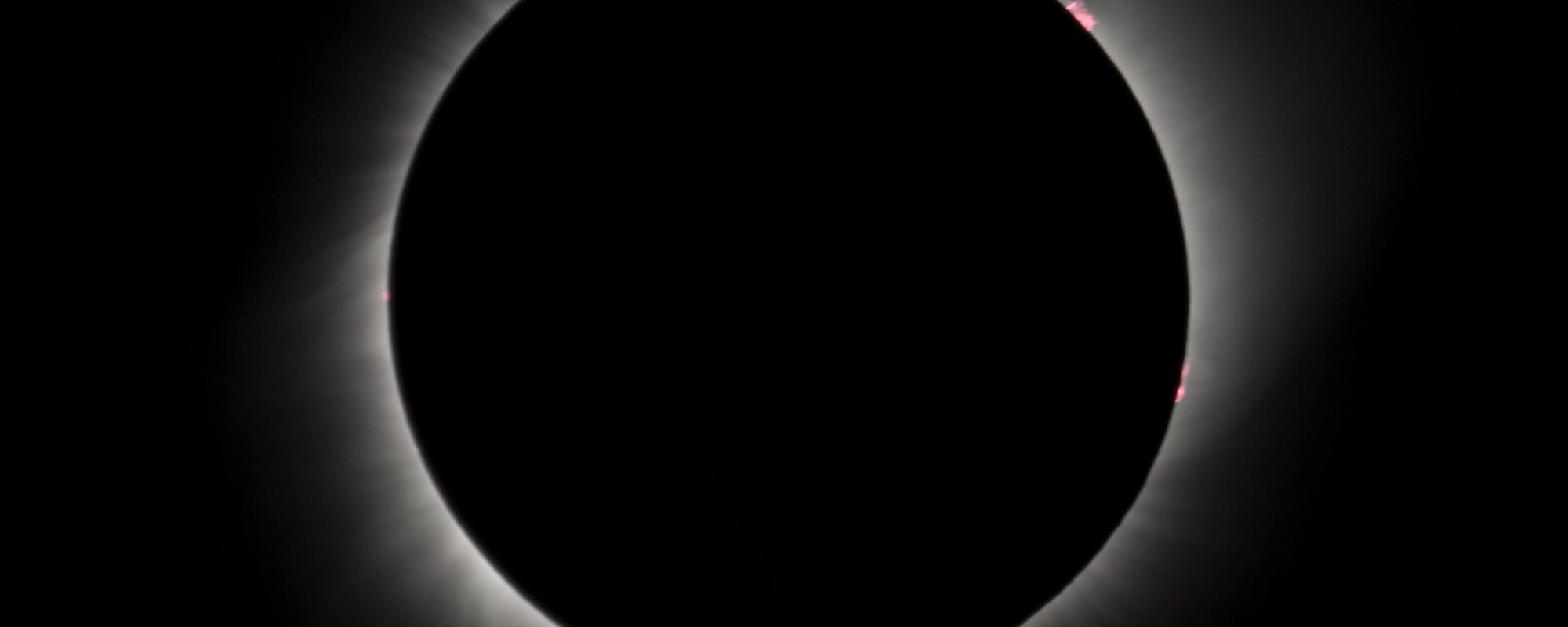By Mary Smith, Cosmosphere STEM Educator
On October 14, 2023 and April 8, 2024 the United States will be dazzled with two solar eclipses. However, they will be very different from each other. Let’s dive into what a solar eclipse is, who can see these eclipses, and where you will need to be to see the full eclipse.
Solar eclipses happen at least twice a year yet few people ever get the chance to see one. A solar eclipse happens when the Moon’s shadow moves onto the Earth. If you are lucky enough to be within the path of that shadow you will see the eclipse. This path is very narrow and therefore often falls across sparsely populated areas or even over the open ocean. A solar eclipse can only happen during a new Moon phase, which is when the Moon lies directly between the Sun and Earth. The Sun, Earth and Moon must line up for the eclipse to happen. The moon is about 400 times smaller than the sun. The sun is approximately 93 million miles away from the Earth. The moon is on average about 238,000 miles from Earth, which makes it about 400 times closer to the Earth. This makes the Moon and Sun appear about the same size in our skies. Because of this distance and the elliptical orbit of the moon around the Earth. We can see 3 different types of eclipses: a partial, annular or a total eclipse.
On October 14, 2023 we will witness what is called an annular eclipse. The Moon’s orbit is not completely circular, so at times when it falls in line with the sun and earth, it is at its farthest distance from the earth. The Moon will pass in front of the sun but will not completely cover the surface of the sun. A ring of sunlight occurs around the Moon. This is often referred to as the “Ring of fire” and is the most distinguishing characteristic of an annular eclipse.
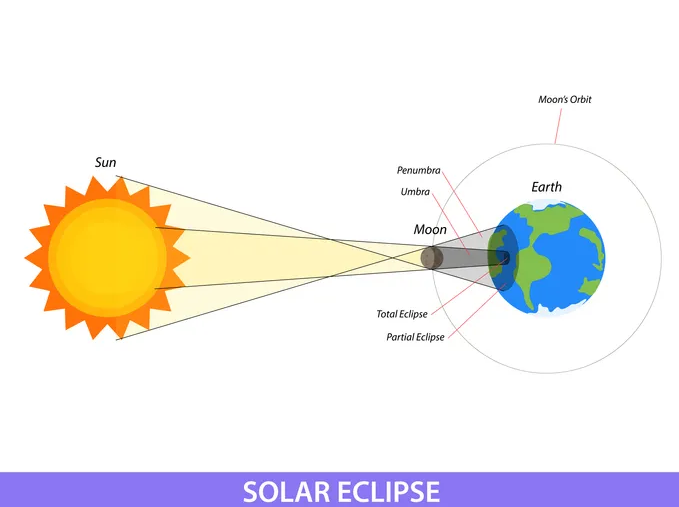
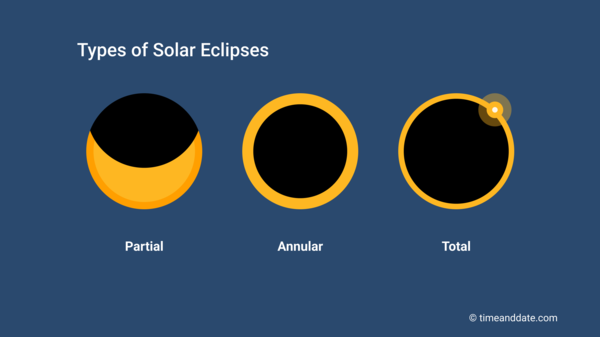
On the 14th everyone living within North America will see at least a partial eclipse but only a small portion of the United States will see the full annular eclipse. An approximately 130 mile wide path will stretch from parts of Oregon, California, Nevada, Utah, Arizona, New Mexico and Texas. If you are within that path you will see the full annular eclipse. Anywhere outside that path, you will see only a partial eclipse. The closer to the path of the annular eclipse you are the more of a partial eclipse you will see. If you would like to see when and how much of the eclipse will be visible from your location, check out this interactive map of the eclipse created by French eclipse expert Xavier Jubier. You can zoom in and find your exact location, view the times, what the sun will look like and how long the eclipse will last for you. The times are listed in UTC (Universal Coordinated Time) so if you need help converting to your local time zone use this helpful UTC Time Converter Chart.
Hutchinson, Kansas eclipse approximate times for Saturday, October 14, 2023:
10:21 am: Partial eclipse begins
11:46 am: Maximum eclipse
1:18 pm: Partial eclipse ends
By far the number one rule when viewing a solar eclipse is to NOT LOOK DIRECTLY AT THE SUN. For an annular eclipse you will need eye protection. Regular sunglasses will not cut it. Eclipse viewing glasses work phenomenally and are a fun keepsake to remember the eclipse by.
Next on April 8, 2024 we will be dazzled with another Total Solar Eclipse. This will be similar to the August 21, 2017 total eclipse which was a mesmerizing event that swept across our country and was witnessed by nearly 20 million people. A total solar eclipse is by far one of the most spectacular events to witness firsthand. If you have never seen a total solar eclipse, you can’t really fully prepare yourself for its true beauty.
Just like an annular solar eclipse the Moon will move directly into position between the Earth and the sun. However, to create a total eclipse, the distance of the Moon from the Earth will be perfect for its size to match up with the apparent size of the sun when viewed from Earth. From the point of first contact when the moon first starts to move in front of the sun, it will take approximately an hour and 15 minutes (depending on your location) for the moon to fully cover the sun. A few events will happen right before totality. The first is what is called the diamond ring effect. This is when the last few bits of light from the sun peer from behind the moon but it only lasts for a few moments. Lastly right before totality hits we get a glimpse of the sunlight passing over the rugged topography of the lunar surface. When this occurs you will see beads of light which we call Bailey’s Beads. They are named after Francis Bailey who first explained the phenomenon in 1836.
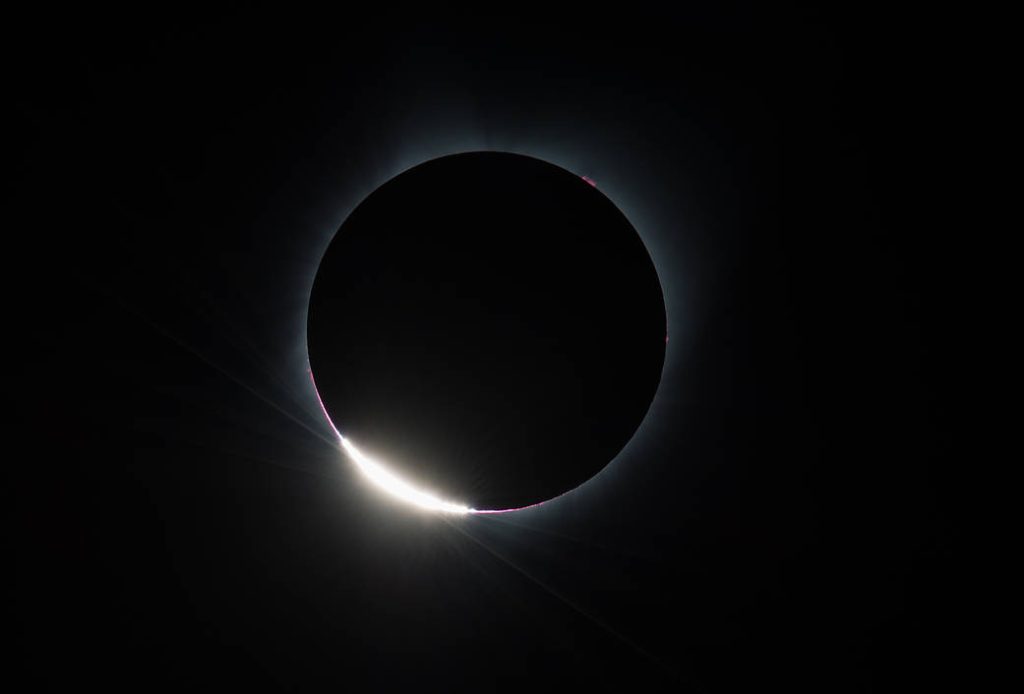
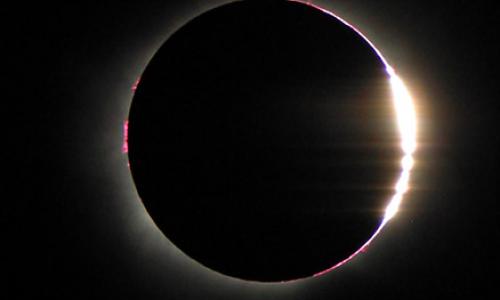
Finally when totality begins we get a rare chance to view the atmosphere of the sun which we call the corona. During totality, the skies become dimmer, stars become visible, wildlife become confused and think it’s night time, so be aware that they may act a little strange. Again safety is crucial when viewing an eclipse, the only times during a total eclipse that you can safely view the sun without eye protection is during Bailey’s Beads and Totality itself.
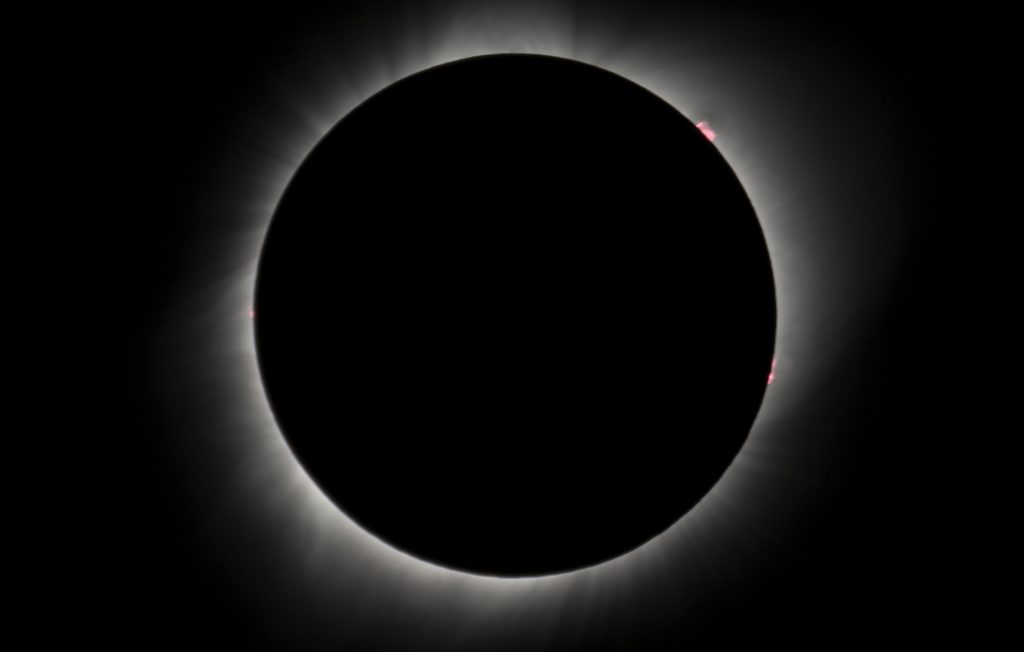
To witness the full totality of the solar eclipse in April 2024, you will have to be within the path of totality, which extends from Mexico, across 13 different states from Texas to Maine, and to Canada. From Matzalan to Newfoundland! That is why this eclipse has been dubbed “The Great American Eclipse”, as well as the fact that the duration of totality is nearly double what we experienced in the 2017 eclipse.. To see if your location falls within the path of totality or to start planning where you need to go, check out this interactive map. If you are not within the path of totality you will miss the total solar eclipse. You do not want to miss out on this opportunity as the next total solar eclipse won’t pass over North America until 2045!
Hutchinson, Kansas partial eclipse approximate times for Monday, April 8, 2024:
Partial eclipse begins: 12:31 p.m.
Maximum partial eclipse: 1:48 p.m.
Partial eclipse ends: 3:00 p.m.

Once you see a total solar eclipse, you might become addicted to chasing them. Check out NASA’s Eclipse Page for a list of all types of solar eclipse from now until the year 2100. They even have a catalog of over five millennia of solar eclipses.
Cheers to clear skies, fun and safe solar eclipse viewing to all!
Be sure to visit the Cosmosphere’s Gift Store for all your eclipse needs! See everything available here.
Links:
General Eclipse Info:
- https://science.nasa.gov/eclipses/future-eclipses/eclipse-2024/
- https://www.greatamericaneclipse.com/
- https://www.eclipsewise.com/solar/SEprime/2001-2100/SE2024Apr08Tprime.html
- https://eclipse.aas.org/resources/citizen-science
NASA Solar Eclipse Info:
- https://science.nasa.gov/eclipses/future-eclipses/eclipse-2024/where-when
- https://science.nasa.gov/eclipses/future-eclipses/eclipse-2024/what-to-expect/
- https://science.nasa.gov/eclipses/future-eclipses/eclipse-2024/safety/
- https://science.nasa.gov/eclipses/future-eclipses/eclipse-2024/faq/
DIY Solar Eclipse Viewers:
